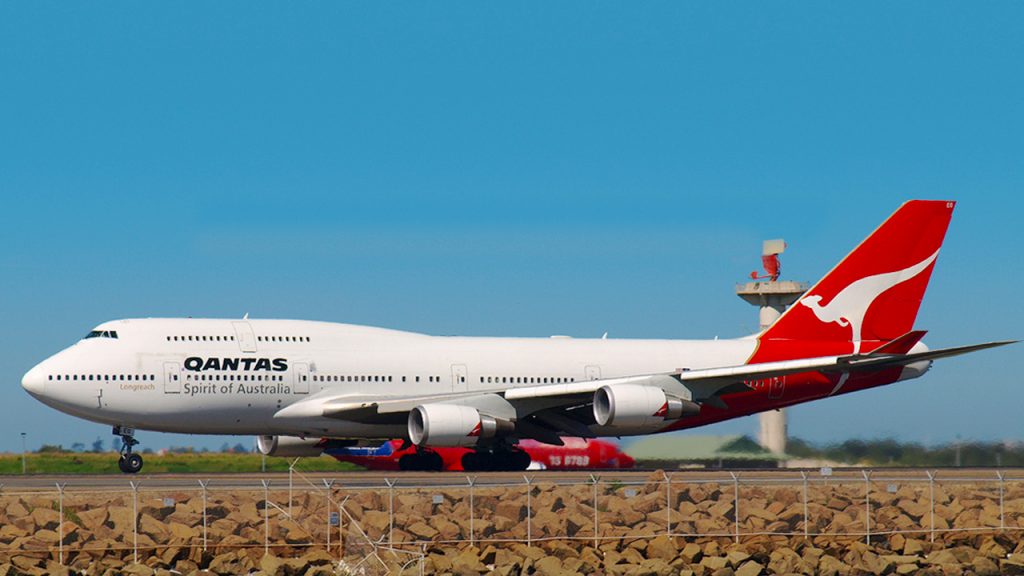Aviators love to talk about their favourite aircraft. Whenever I’m asked what mine is I respond with the most well-known three digit number in aircraft history – 747.
But I wanted to delve deeper into why I love this aircraft so much. Sure, it was the biggest commercial airliner that was flying when I was a kid, I’d watch it landing at Heathrow and wonder how something so gigantic could not only lift itself and hundreds of passenger into the air, but then proceed to fly them to the other side of the world with just one fuel stop. But what’s special enough about the 747 that makes me love it so much?
To try and answer that I started researching the history behind this pioneering aircraft and wanted to share some of the lesser-known reasons that make the 747 so special. I hope by the end of reading this article you’ll also appreciate this wonderful aircraft a little bit more as well.
It overcame serious issues when it was launched
Before General Electric and Rolls Royce famously provided the engines for the 747, it was Pratt & Whitney who supplied the first powerplants for the initial launch 747s in the early 1970s. The higher payload capabilities of the 747 meant it needed a big increase in power output compared to smaller, lighter aircraft that came before it, but the P&W engines manufactured for the new Jumbo Jets suffered several issues in the early days. Components on the engines would fail – injection valves, fuel control systems – and the engines suffered issues with turbine blades failing causing several engines to fail on test runs and on production 747s carrying fare-paying passengers.
Boeing, Pratt & Whitney, and the airlines themselves (including Qantas and Pan Am) helped troubleshoot and improve these engines over time but with costs of engine repairs and the interruptions to services using the 747 it wasn’t a great look for customers considering buying tickets on the new Jumbo Jet.
These early engine issues could have caused the 747 project to fail at the first hurdle, but with the manufacturers and airlines working together the 747 pulled through and went on to be one of the most reliable and safest aircraft ever built.
It drove innovation in the airline industry
It was the sheer size of the 747 and the dramatic increase in the number of passengers it could carry that encouraged Qantas safety superintendent Jack Grant to invent the inflatable slide raft, an innovation which was first installed on the 747.
Life rafts were previously stored inside aircraft such as the DC-8 or Boeing 707, but the time to retrieve and deploy the number of rafts required for the amount of passengers the 747 could carry meant a new solution had to be found.
Grant’s invention is commonplace on commercial airliners around the world now, and has undoubtably saved lives, nowhere more visibly than US Airways flight 1549 when the inflatable slide rafts provided safe haven for passengers and crew in the freezing waters of the Hudson River after the successful ditching.
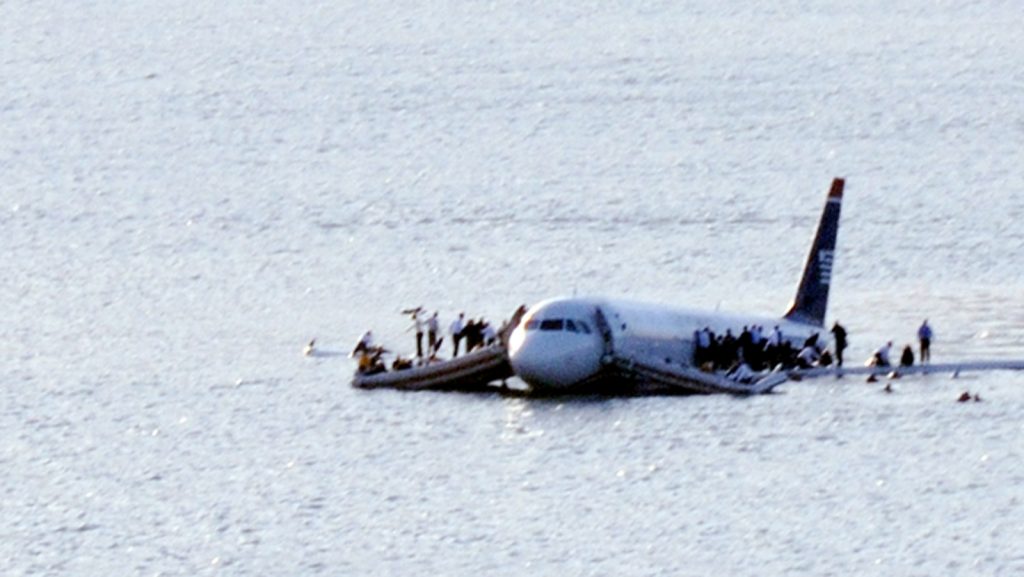
It brought us Qantas Business Class
First Class was introduced by TWA in the mid-1950s but it wasn’t until the 747 started flying that an interim class between Economy and First was conceived. In 1978 Pan Am introduced Clipper Class on their 747s – clipper being a reference to Pan Am’s Clipper services of the 1930s and 40s – with a different seat and menu aimed at business travellers travelling between the US and Europe. Qantas quickly followed with a similar concept which they named Business Class in 1979.
Qantas have long held the claim that Business Class was therefore their creation, however the name Business Class was used by Thai Airways on their DC10s several years previously. But if you had to answer who was the first airline to introduce a product called Business Class on a 747, then yes technically that does appear to be Qantas.
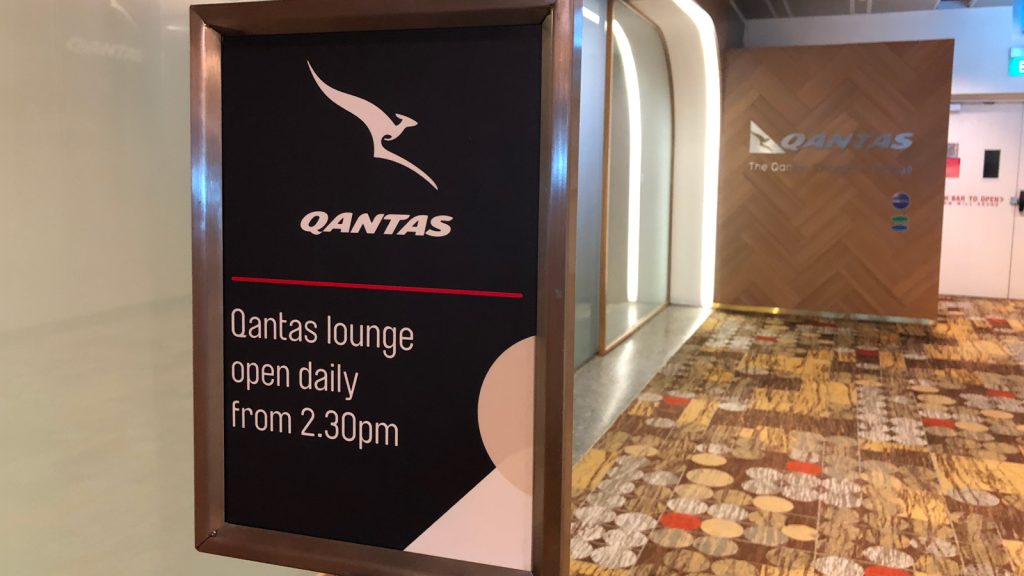
There was a sporty variant
In the 1970s Boeing created a slightly smaller version of the 747 designed to get into smaller runways at more restricted airports. The 747SP (Special Performance) was 14 metres (47 feet) shorter than previous 747 models and could cruise higher and faster as well – up to 45,100 feet making it the highest cruising passenger aircraft at the time.
Despite pilots reportedly loving to fly this high-performance variant of the 747, ultimately only 45 were produced. Qantas flew two 747SPs in its time with the last one being retired in the early 2000s.

It’s a World record holder (for long AND short flights)
At the time of writing Qantas are looking to introduce non-stop London to Sydney flights through “Project Sunrise” on their modern fleet of Airbus A350s. But the 747 had already achieved this back in 1989. As part of a marketing exercise to promote the 747 to its customers, Qantas flew VH-OJA – City Of Canberra – non-stop from London to Sydney. The flight required months of preparation and special high-density fuel manufactured in Germany by Shell. To save fuel the 747 was towed onto the runway at Heathrow before starting its engines and was given air traffic control preference over flight levels to get the most favourable wind conditions.
It took just 20 hours and 9 minutes to fly the total distance of 9,720 nautical miles (or 18,001 km) from London to Sydney, breaking the record for the world’s longest non-refuelled commercial flight.
The same aircraft then flew world’s shortest flight by a 747 in March 2015, when it flew from Sydney’s Kingsford Smith Airport to Shellharbour Airport in Wollongong. This was also the final flight of VH-OJA as it was being retired by Qantas and being generously donated to the Historic Aircraft Restoration Society (HARS) for preservation and display at Shellharbour. The flight time on that occasion was just 12 minutes.
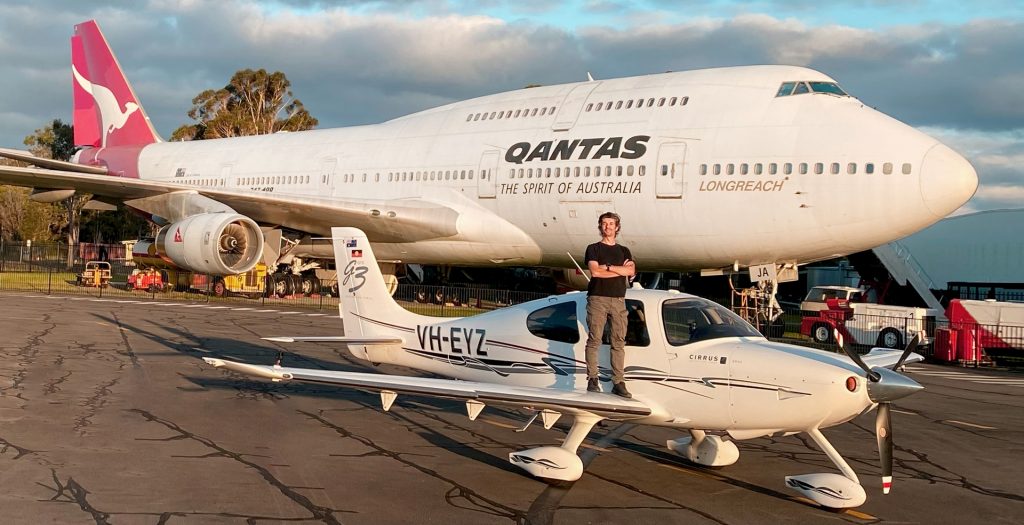
Where you can see the Qantas 747s
There are two Qantas 747s on public display in Australia. City of Canberra as mentioned in this article is on display at Shellharbour Airport in Wollongong. It’s open to the public on certain days and your ticket price helps pay for the upkeep of this aicraft – Visit the HARS website
The second is in Queensland at the Qantas Founders Museum in Longreach. Donated by Qantas in 2002, the aircraft now sits with other historic aircraft and can be seen from many miles out when flying into Longreach. You can tour the aircraft and even stand in one of the engines by purchasing tickets through the museum – visit the QFOM website
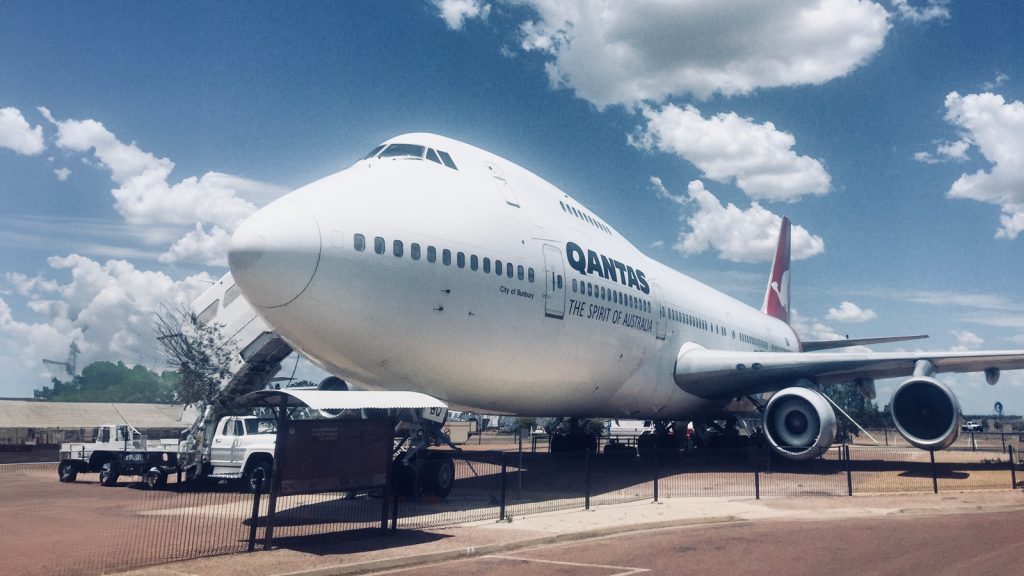

So what makes it “the greatest”?
It’s all very well to list accomplishments and tell stories about an aircraft, but what makes the 747 the greatest (in my opinion)?
For me it combines a few key elements. Firstly it was one of the first aircraft to allow many people to travel great distances in a relatively cost-effective way (at the time). It came at a time when people were wanting to travel more frequently and further afield and opened up world travel for a much wider market. You can’t look at the 747 and not think “long haul aviation”.
Secondly it represents what many consider to be the golden era of aviation – when travel was still new and exciting, when kids could go check out the cockpit during cruise, when adults could enjoy a drink in the lounge on the upper deck, when budget airlines and package holidays didn’t exist, when being able to step onto a plane in one continent and step off in another was still special. The 747 took flying from being just a means of getting you from A to B, to a whole in-flight experience that became part of the trip itself.
Thirdly, it was reliable. Yes it had teething problems with engines in the early days but what new piece of technology doesn’t have that when it’s first launched. Variants of the 747 have flown from the early 1970s through to the present day with airlines such as Air China, Lufthansa, Korean Air, Asiana, and Saudia, still flying passengers on a 747.
As I wrote this article I realised that in many ways I’m a lot like the 747, that’s probably why it’s very special for me. We’re both kids of the 1970s, we’ve both had our share of technical/health interruptions, we both love to travel afar and have big adventures overseas, and we’ve both been overtaken by younger/faster versions of ourselves in life already!
Maybe that’s why I love the 747 so much – we may both be towards the back end of our flying lives, but by no means are either of us ready to give up yet!
Research and thanks
Information for this post was gathered from my own knowledge, various sources across the Internet, and the very good book “The Mighty 747” by Jim Eames. If you love the 747 like I do I’d recommend reading it – view The Mighty 747 on Amazon
Final thanks go to Joe Sutter, without whom there may never have been a 747.
Happy flying,
Stef (@stef747)
